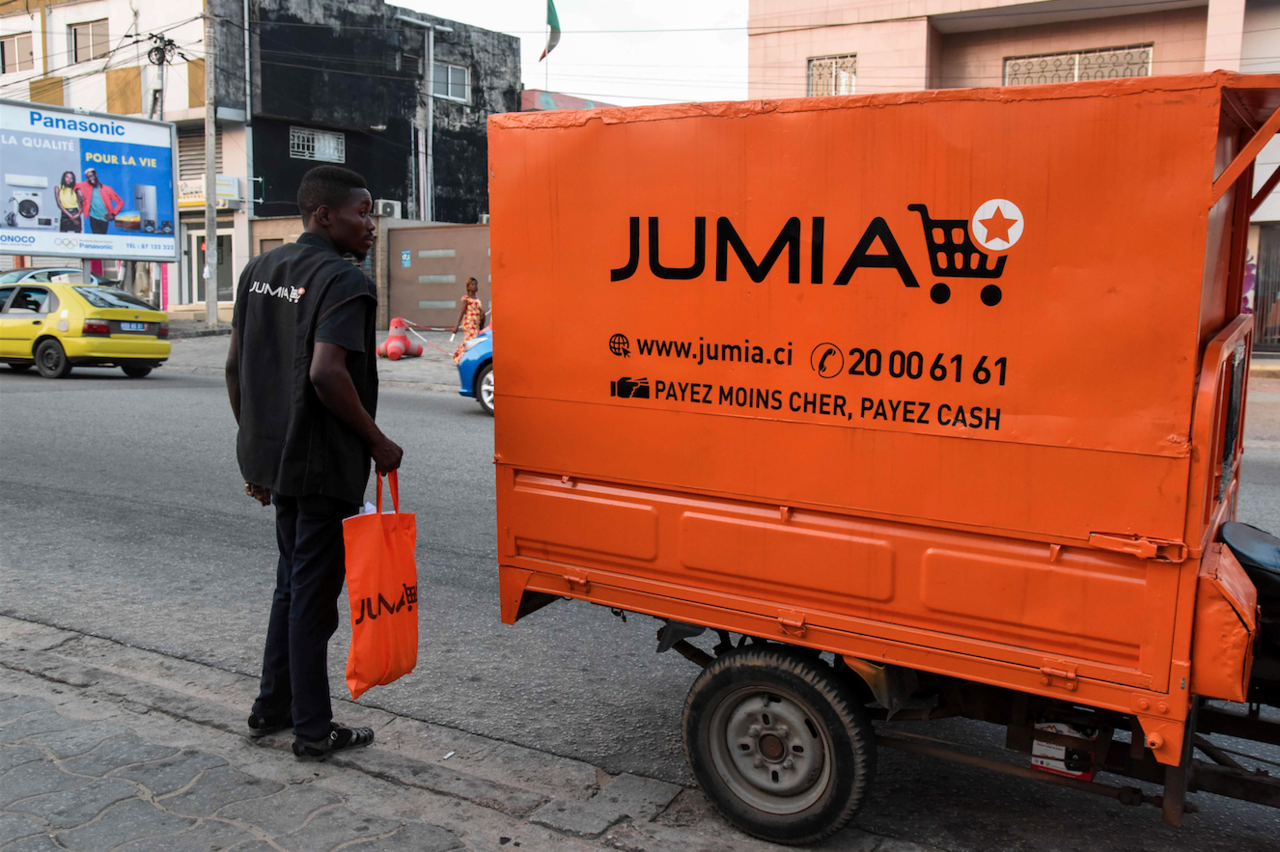Jumia has released its earnings report for Q4 2020 with revenues of €41 million beating Q3’s revenue of €33.7 million. It ended the quarter with operational losses of €40 million. Those operational losses are up from €28.3 million in Q3 2020.
But there’s some good news: the company saw an increase in its Gross Merchandise Value (GMV). The Gross Merchandise Value (GMV) is the value of all the goods sold on Jumia within the period and for e-commerce companies, it is an important metric.
In Q4 2020, GMV increased to €231.1 million from €187million in Q3 2020. While there’s a Quarter on Quarter increase, there’s a reduction of GMV for the same period 2019 of 21%. The company went from selling high-ticket items to selling groceries and household goods. Jumia says that the change in the business mix is affecting GMV, but it’s still a good figure all things considered.
Many investors predicted that Jumia and other e-commerce companies would see growth during the pandemic. Those predictions have been correct, given Jumia’s 17.8% Q-oQ revenue increase; but how about those infamous losses?
Jumia’s operational losses are up for Q4
Jumia’s operational losses continue to be an interesting point in its results. There are questions about whether the company can realistically hit profitability.
In Q4, on the back of €41.8m revenue, the company racked up expenses of over €90m with the biggest expense being share-based compensations (€31.5m).
It also spent a whopping €21.8 million on general and administrative expenses (excluding share based compensation). It meant an operational loss of €40 million for the Q4 but that’s an improvement from Q4 2019 where its losses reached €60 million.
For the full year 2020, the company’s losses amounted to €149 million, down from €227.9 million in 2019. This is one of the reasons why investors are likely to be optimistic about Jumia’s future. It is also important to note that the company has a cash balance of €304.9 million so it can survive another year or two without cracking a profit.
Gross profit after fulfilment is rising
One of the most important changes Jumia made to its business model over the years was to focus on a marketplace a.k.a third party sales. Instead of selling items to customers directly, Jumia lets vendors list products on its website and collects commissions on sales.
What this has done is help the company reduce the cost of preparing and delivering a customer’s orders (fulfilment cost). For years, Jumia lost money every time it fulfilled an order because of the costs associated with receiving and storing the product. But a shift to a third-party marketplace has helped it to make a gross profit after fulfilment.
Now the company is not losing money on making deliveries to customers. Its results show that third-party revenue is up to €27.7 million, from €23.4 million in Q3 2020. This increase has also led to a record gross profit after fulfilment of €8.4 million, up from €6.6 million.
It suggests that if the company continues to increase revenues and keeps costs low, profitability is possible.
Jumia logistics and advertising and cancellations
Jumia announced forays into advertising and logistics to third-parties as part of efforts to increase revenue. The company says it ran 1,000 advertising campaigns for 370 advertisers while its logistics arm shipped more than half a million parcels.
While it made revenues of €10.1 million from its advertising business, it is unclear how big its logistics business is. This is because of a pricing strategy where the company passed on some international shipping costs to customers. So some of its revenue from logistics is captured as fulfilment revenue.
Away from its other businesses, another detail which catches the eye is the overall rate of Cancellations, Failed Deliveries and Returns (“CFDR”). Regardless of whether an item is returned or if a delivery of said item fails, Jumia calculates it as part of its GMV.
Jumia’s explanation of what part of its GMV is cancelled can be rather confusing. According to their report, “GMV was down 19% in 2020 while GMV after CFDR was down 12% and Orders increased by 5% while Orders after CFDR increased by 14% over the same period.”
While that is confusing, one thing is clear, the market is responding well to Jumia’s FY 2020 report, off the back of its reduced losses Year On Year and an increase in revenue. The $JMIA ticker is trading at $49.78 at the time of writing this report, up from a close of $48 the day before.
Active customers and Jumia Pay
In Q4 2020, Jumia’s number of annual active customers hit 6.8 million which is an increase of 12% year-on-year. Despite this increase in active users, the number of orders on its platform reached only 8.1 million, which is down 3% year-on-year.
The company says that the decrease in the number of orders is related to a 14% decrease in the number of digital services transactions on JumiaPay. Specifically, Jumia has always incentivized users to buy airtime recharge with JumiaPay but it reduced those promotions this quarter.
Despite this explanation, the total number of transactions of JumiaPay still jumped to 2.7 million transactions in Q4 2020, up from 2.3 million transactions from Q3 2020.











